Blanca Rosa Gil
Blanca Rosa Gil (Perico, August 26, 1937) is a Cuban singer of boleros. While still small, she moved with her family to the city of Havana, where she attended primary school. Together with his sisters Rita and Mercedes they began to sing in school activities. In 1955 her family sent her to Caracas (capital of Venezuela) in the company of an upper class family that had interests in the artistic milieu. The Venezuelan producer Arístides Borrego heard her sing at a private party -Gil was 17 years old- and was delighted with her voice. He hired her to work in a children's program called Smoke and Fantasy. He sang regularly at Plaza Cabaret (in Caracas). In 1957, Gil recorded his first hit: "Sombras." In 1959, when she was 21 years old, she was "discovered" in Caracas by Cuban businessman Gaspar Pumarejo, who baptized her "La Muñequita que Canta" and took her back to Cuba to sing at the Ali Bar Cabaret. in the city of Havana. From that debut it obtained national resonance in the island. He acted for Cuban radio and television and became famous in the cabarets of the capital. That same year (1959) he toured Chile, Colombia and Venezuela. It became the attraction of the magazine Bim bam bum at the Teatro Ópera de Caracas. In his Venezuelan tour arose a record that would record one of his greatest hits, "I laugh". The following year (1960) -when he was still on the Ali Bar program (from Havana) - his performances of "Sombras" and "Besos de fuego" would be the greatest record hits of the year. He recorded long-playing records for the record companies Modiner, Panart and Maype. As a bolero performer, he toured in Venezuela, Mexico, Colombia and the Dominican Republic. In 1961 he recorded the album Blanca Rosa sings to Venezuela in the Blue Moon of Caracas, for Venezuelan television. It is called "La Voz Femenina de la Radio", but it is also a television star, which appears mostly in the remarkable program Los jueves de Partagás.3 Cuban actor Otto Sirgo (1918-1966) jokingly called it "La Pocket songbook ». At the end of 1961, his song "Cristal" - recorded in Havana - was first on the charts. In December 1961, Blanca Gil toured Mexico City and did not return to Cuba, and in Mexico she recorded several albums for the Mexican recording company Benson, especially with the Memo Salamanca and Sergio Pérez bands. he recorded Terciopelo, with Julio Gutiérrez.3 In 1966 he recorded the bolero "Hambre", by the Mexican Rosendo Montiel Álvarez, that year he moved to Miami (United States), where he lived for nine years. Finally around 1975 Blanca Gil settled on the island of Puerto Rico (United States), where she was hired by the Velvet label. Towards 1980 it embraced the Christian faith, reason why it left the scenes. For more than a decade he sang only in evangelical temples. Around 1991 he recorded again albums of real music.
Releases
-
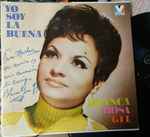 Yo Soy La Buena!
Yo Soy La Buena!
-
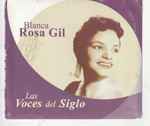 Blanca Rosa Gil (Las Voces Del Siglo)
Blanca Rosa Gil (Las Voces Del Siglo)
-
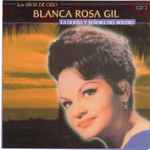 Los Años De Oro: La Dueña y Señora del Bolero (CD 2)
Los Años De Oro: La Dueña y Señora del Bolero (CD 2)
-
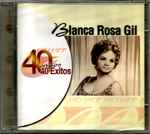 40 Años 40 Exitos
40 Años 40 Exitos
-
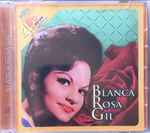 Blanca Rosa Gil
Blanca Rosa Gil
-
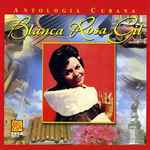 Antologia Cubana
Antologia Cubana
-
![]() Besos De Fuego
Besos De Fuego
-
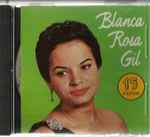 15 Exitos
15 Exitos
-
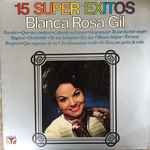 15 Super Exitos
15 Super Exitos
-
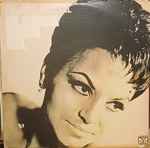 Pecado Mental
Pecado Mental
-
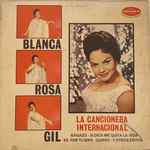 La Cancionera Internacional
La Cancionera Internacional
-
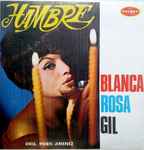 Hambre
Hambre
-
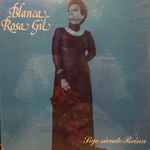 Sigo Siendo Reina
Sigo Siendo Reina
-
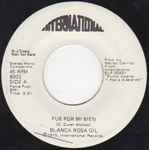 Fue Por Mi Bien
Fue Por Mi Bien
-
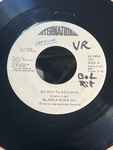 No Soy Tu Esclava
No Soy Tu Esclava
-
 Exitos Monumentales De Blanca Rosa Gil
Exitos Monumentales De Blanca Rosa Gil
-
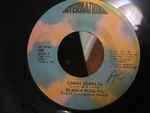 Camas Gemelas / Punto Final
Camas Gemelas / Punto Final
-
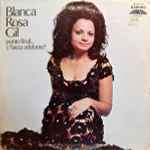 Punto Aparte...Y Hacia Adelante!
Punto Aparte...Y Hacia Adelante!
-
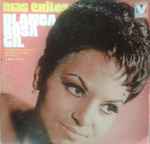 Mas Exitos
Mas Exitos
-
 Dueña Y Señora De La Canción
Dueña Y Señora De La Canción
-
 ...El Alma Que Canta
...El Alma Que Canta
-
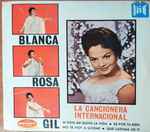 La Cancionera Internacional
La Cancionera Internacional
-
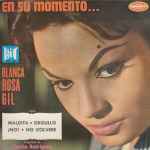 En Su Momento...
En Su Momento...
-
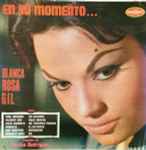 En Su Momento...
En Su Momento...
-
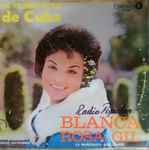 La Triunfadora De Cuba
La Triunfadora De Cuba
-
![]() Pero Vete Lejos / Una Tarde Cualquiera
Pero Vete Lejos / Una Tarde Cualquiera
-
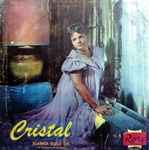 Cristal
Cristal
-
 Canta Sombras
Canta Sombras
-
![]() Vete Ya
Vete Ya
-
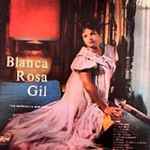 La Muñequita Que Canta
La Muñequita Que Canta
-
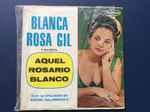 Aquel Rosario Blanco
Aquel Rosario Blanco
-
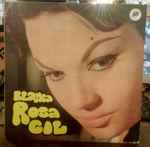 Blanca Rosa Gil
Blanca Rosa Gil
-
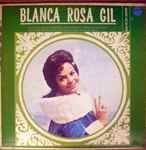 Blanca Rosa Gil
Blanca Rosa Gil
-
![]() Que Se Yo / Estoy Decepcionada
Que Se Yo / Estoy Decepcionada
-
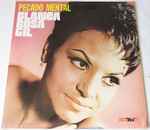 Pecado Mental
Pecado Mental
-
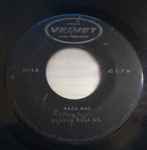 Nada Mas / Hambre
Nada Mas / Hambre
-
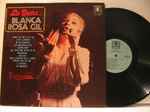 La Dona
La Dona
-
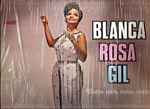 Estos Ojos, Estas Manos
Estos Ojos, Estas Manos
-
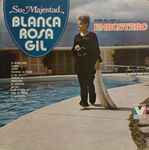 Su Majestad Blanca Rosa Gil
Su Majestad Blanca Rosa Gil
-
 Maestra De Maestras
Maestra De Maestras
-
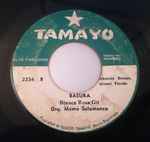 Yo Tambien Soy Sentimental / Basura
Yo Tambien Soy Sentimental / Basura
-
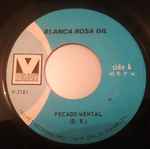 Pecado Mental / Para Que
Pecado Mental / Para Que
-
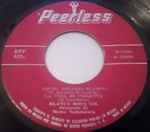 Aquel Rosario Blanco
Aquel Rosario Blanco
-
 Vol. II
Vol. II
-
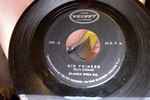 Mio Primero / Me Da Risa
Mio Primero / Me Da Risa
-
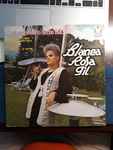 El Sentimento Hecho Bolero
El Sentimento Hecho Bolero
-
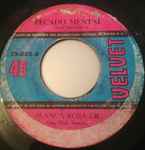 Sabes Una Cosa / Pecado Mental
Sabes Una Cosa / Pecado Mental
-
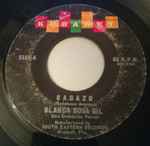 Bagazo
Bagazo
-
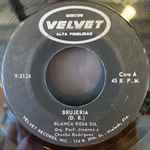 Brujeria / Sin Perdon Ni Castigo
Brujeria / Sin Perdon Ni Castigo
-
![]() Bagazo
Bagazo
 Yo Soy La Buena!
Yo Soy La Buena!
 Blanca Rosa Gil (Las Voces Del Siglo)
Blanca Rosa Gil (Las Voces Del Siglo)
 Los Años De Oro: La Dueña y Señora del Bolero (CD 2)
Los Años De Oro: La Dueña y Señora del Bolero (CD 2)
 40 Años 40 Exitos
40 Años 40 Exitos
 Blanca Rosa Gil
Blanca Rosa Gil
 Antologia Cubana
Antologia Cubana
 15 Exitos
15 Exitos
 15 Super Exitos
15 Super Exitos
 Pecado Mental
Pecado Mental
 La Cancionera Internacional
La Cancionera Internacional
 Hambre
Hambre
 Sigo Siendo Reina
Sigo Siendo Reina
 Fue Por Mi Bien
Fue Por Mi Bien
 No Soy Tu Esclava
No Soy Tu Esclava
 Exitos Monumentales De Blanca Rosa Gil
Exitos Monumentales De Blanca Rosa Gil
 Camas Gemelas / Punto Final
Camas Gemelas / Punto Final
 Punto Aparte...Y Hacia Adelante!
Punto Aparte...Y Hacia Adelante!
 Mas Exitos
Mas Exitos
 Dueña Y Señora De La Canción
Dueña Y Señora De La Canción
 ...El Alma Que Canta
...El Alma Que Canta
 La Cancionera Internacional
La Cancionera Internacional
 En Su Momento...
En Su Momento...
 En Su Momento...
En Su Momento...
 La Triunfadora De Cuba
La Triunfadora De Cuba
 Cristal
Cristal
 Canta Sombras
Canta Sombras
 La Muñequita Que Canta
La Muñequita Que Canta
 Aquel Rosario Blanco
Aquel Rosario Blanco
 Blanca Rosa Gil
Blanca Rosa Gil
 Blanca Rosa Gil
Blanca Rosa Gil
 Pecado Mental
Pecado Mental
 Nada Mas / Hambre
Nada Mas / Hambre
 La Dona
La Dona
 Estos Ojos, Estas Manos
Estos Ojos, Estas Manos
 Su Majestad Blanca Rosa Gil
Su Majestad Blanca Rosa Gil
 Maestra De Maestras
Maestra De Maestras
 Yo Tambien Soy Sentimental / Basura
Yo Tambien Soy Sentimental / Basura
 Pecado Mental / Para Que
Pecado Mental / Para Que
 Aquel Rosario Blanco
Aquel Rosario Blanco
 Vol. II
Vol. II
 Mio Primero / Me Da Risa
Mio Primero / Me Da Risa
 El Sentimento Hecho Bolero
El Sentimento Hecho Bolero
 Sabes Una Cosa / Pecado Mental
Sabes Una Cosa / Pecado Mental
 Bagazo
Bagazo
 Brujeria / Sin Perdon Ni Castigo
Brujeria / Sin Perdon Ni Castigo